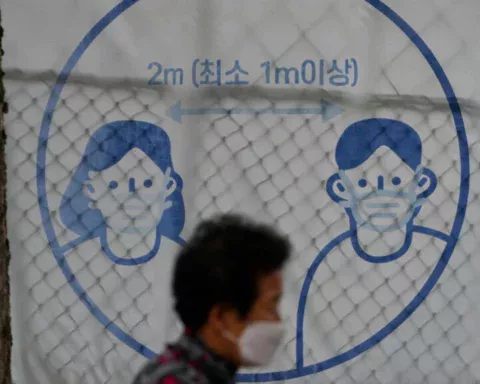As a result of COVID-19, income levels and remittances are falling in many parts of Asia due to migrant workers returning to their country of origin, often to rural areas. For Southeast Asia, remittance receipts are predicted to fall by around $12 billion in 2020, if current trends continue. Furthermore, farmers face input shortages, restrictive market access and overall lower demand for their produce. Not only has food access been restricted, but COVID-19 has also heavily impeded food production and agricultural value chains overall.
Nonetheless, for Southeast Asia and beyond, the agriculture sector plays a key role in economic recovery and in curbing the effects of COVID-19. Countries will need to focus on rural income and the creation of job opportunities to absorb both returning rural migrants and domestic workers suffering from job losses due to the pandemic.
How are countries in Southeast Asia addressing the issues associated with returning rural migrants?
In Cambodia, the government is encouraging laid-off workers to return to their home provinces and start small-scale farming. The government is providing them with a temporary allowance of $40 monthly and plans to deliver additional technical support to farmers. So far, the country’s economy has lost around 400,000 jobs in 2020, with around 100,000 workers returning back – mainly from Thailand. At the agriculture sector’s current stage, however, the capacity to absorb additional labor is limited.
The capacity to absorb additional labor is further constrained by the rice-dependent sector suffering from major droughts in recent years, with many famers seeking employment in neighboring countries where wages are often several times higher. Furthermore, small-scale landholdings, high agricultural input costs, and traditional farming practices further restrict the sector to take on additional labor. To address these challenges, the government is disbursing $50 million through the Rural Development and Agricultural Bank to provide low-interest loans to farmers and small and medium enterprises.
This capital injection aims to widen the agri-food system and will support production, processing and agribusiness. With more workers pushing into the Cambodian agriculture sector, there is a need to promote agro-processing even further and make the sector more diverse. Skilled returning labor can also play a key role in facilitating the sector’s development by providing knowledge on climate-smart agriculture and new farming techniques brought in from other countries.
The Lao People’s Democratic Republic has also witnessed tens of thousands of returning workers from neighboring countries and remittances have decreased by around $125 million, disproportionately affecting lower-income households in rural areas. The agriculture sector already employs about three quarters of the country’s workforce – the highest in Southeast Asia – making it even harder to absorb additional returnees.
It is estimated that there is only one open position available for every 12 returning jobseekers. Nevertheless, local authorities are particularly keen to utilize international skills and knowledge of returning young people to help strengthen and advance agriculture, especially in remote areas. To expand agricultural opportunities further, the government is focusing on increasing its export market share, especially to the People’s Republic of China. To do so, it must enhance its food safety standards, including the necessary sanitary and phytosanitary measures. Additionally, the government must better connect farmers to (export) markets, especially for fresh and perishable products, and ensure freer movement within and across the country.
In the Philippines, more than 400,000 overseas workers are expected to return home by the end of 2020. The government is already putting free reskill programs in place. The agriculture sector will play a crucial role in the country’s recovery from COVID-19 impacts, albeit struggling with persistent low labor productivity. Average wages for non-agricultural workers are about 10% higher than the maximum daily wage rate in agriculture. For the sector to absorb additional incoming labor, it needs to modernize and improve its competitiveness.
As shown during the pandemic, e-marketing of agro-food has grown tremendously. This trend of agricultural digitalization is likely to continue, ranging from production, to processing, transportation, and marketing of agricultural goods. Fundamentally, the government is pushing for “new thinking” in agriculture, focusing on modernization and value-addition in order to be an engine of growth and create a much-needed capacity for (rural) labor absorption.
Putting the right policies in place will be critical in coming months and years. The agriculture sector in many Southeast Asia countries already has commonly known shortfalls, even before the pandemic struck. These include low labor productivity, low diversification, low levels of mechanization and limited value-addition. Absorbing additional labor will both be an enormous challenge as well as an opportunity.
Returning rural migrants are often highly skilled and home countries can use this potential by creating the right job opportunities. Through targeted policies and programs, returning labor can strengthen agricultural value chains through novel infrastructure know-how, engineering skills, and infusing rural areas with new farming techniques and digitalization.
This becomes increasingly important as many countries are facing climate change challenges and need to adapt to new production systems. With the right incentives, farming can be made attractive again, especially for young people, and a new entrepreneurial base in agriculture can be born.






